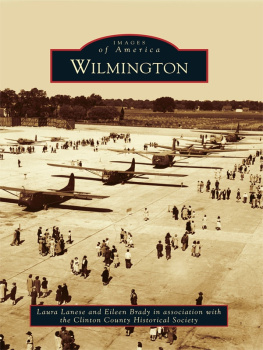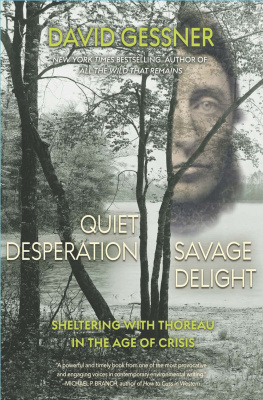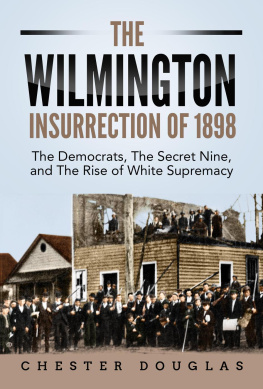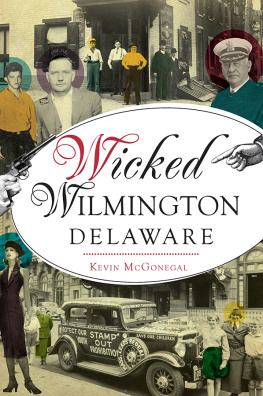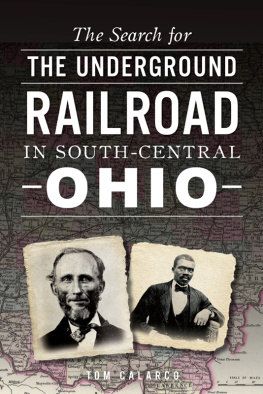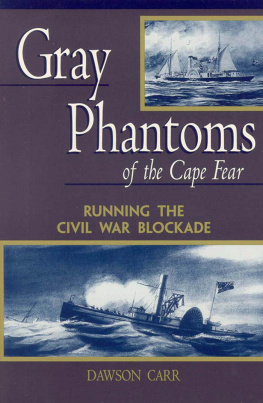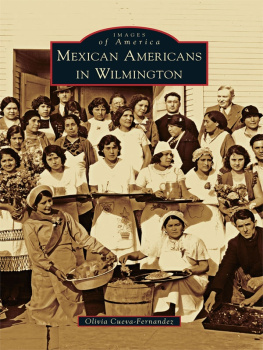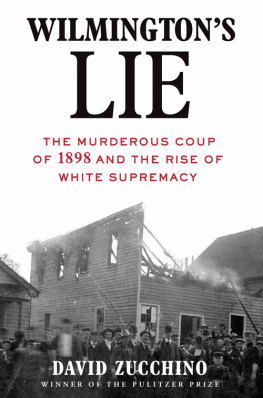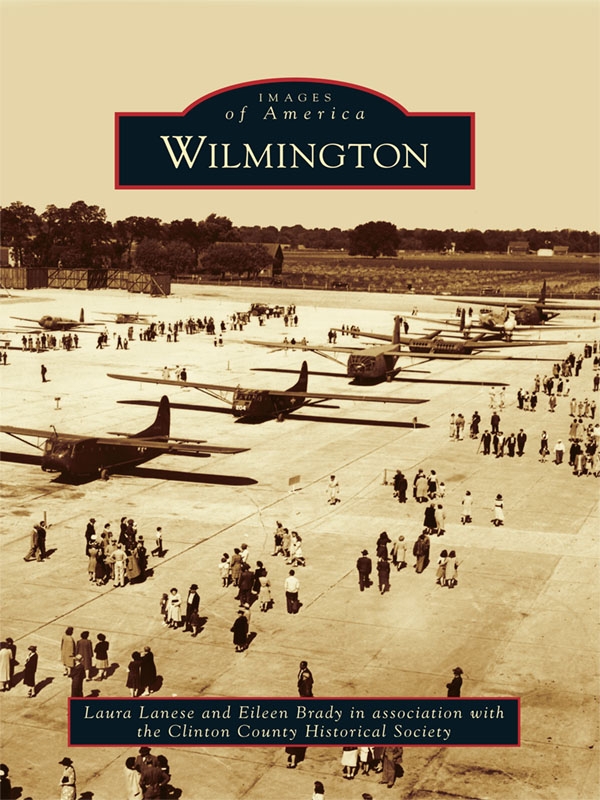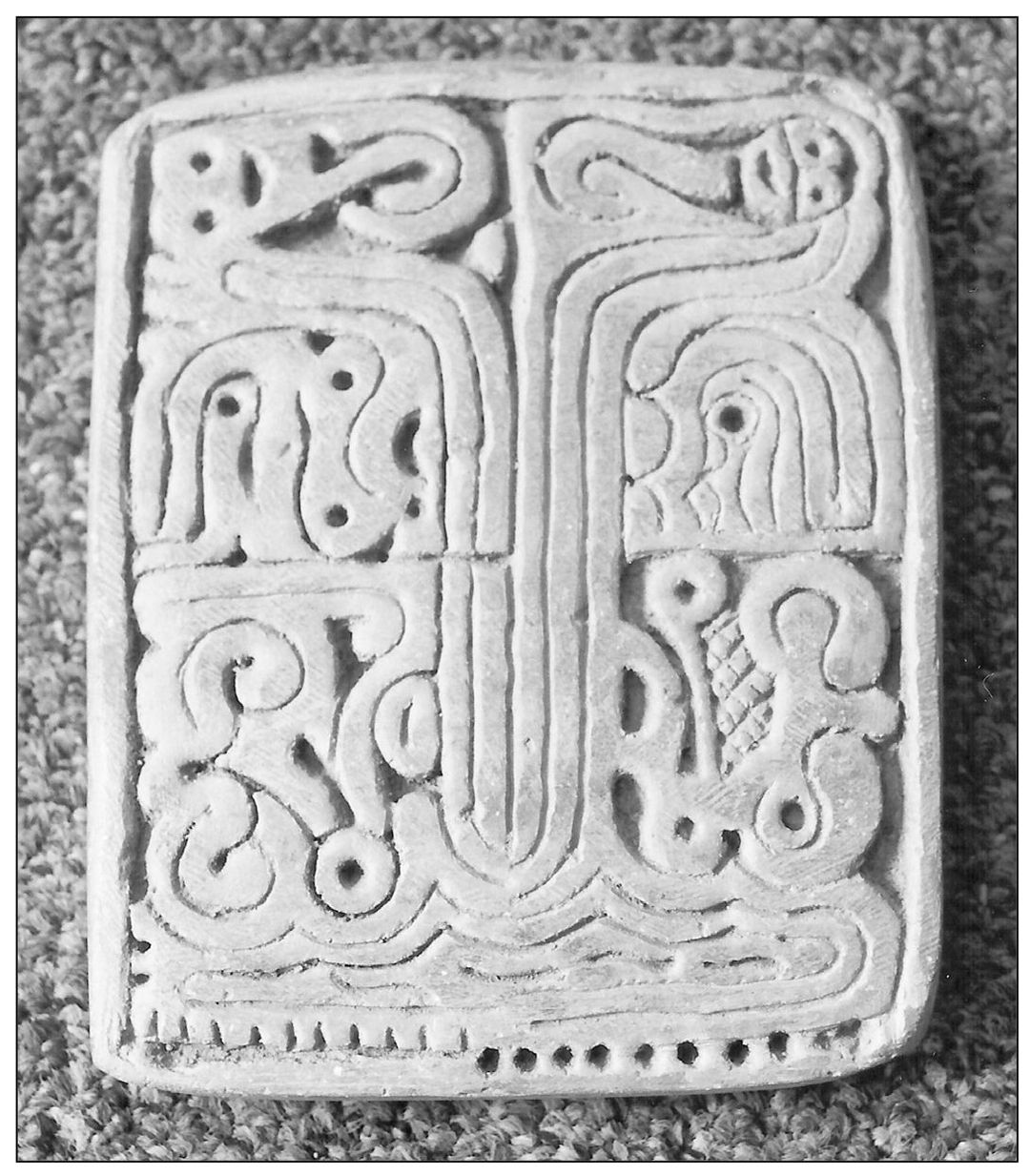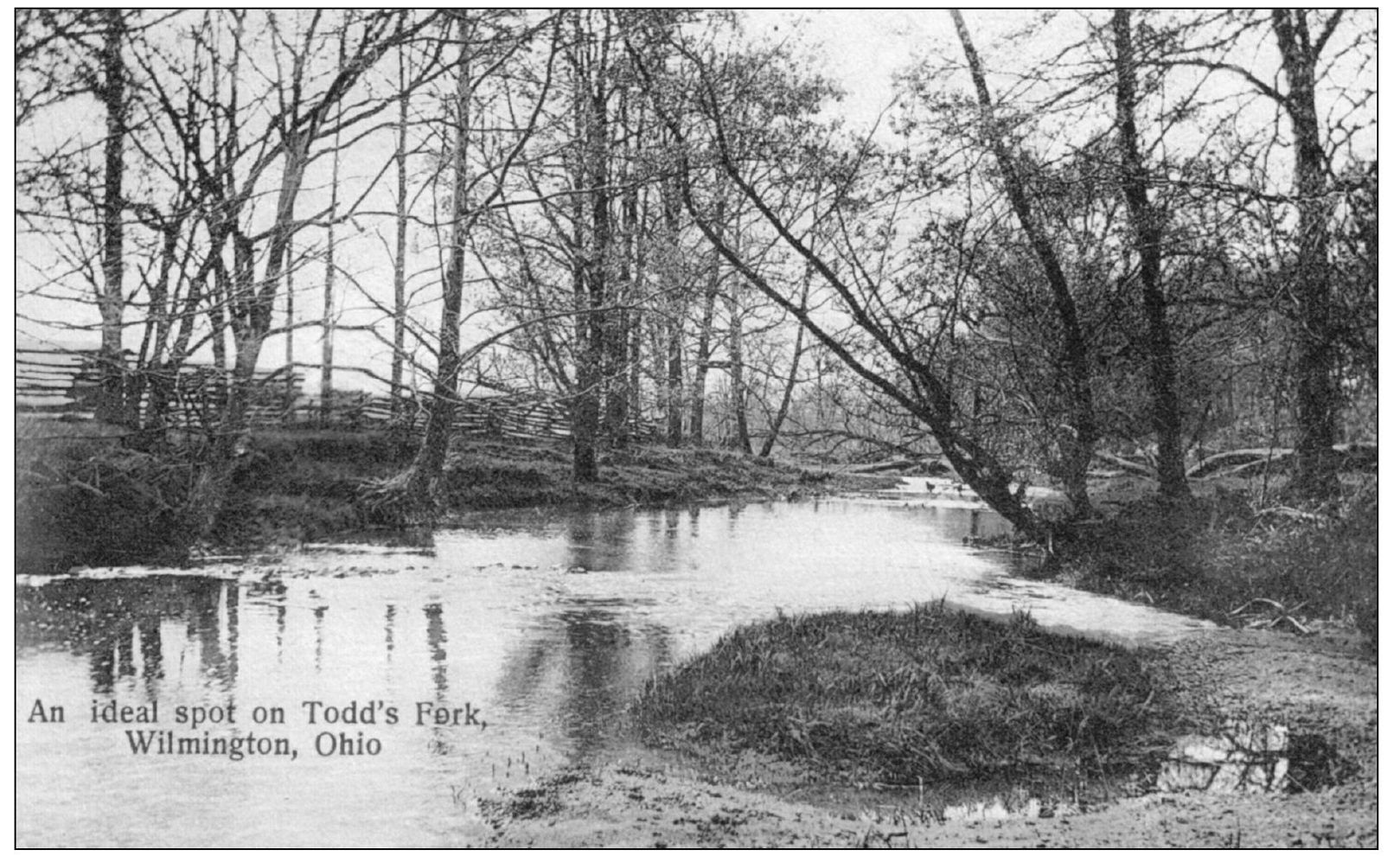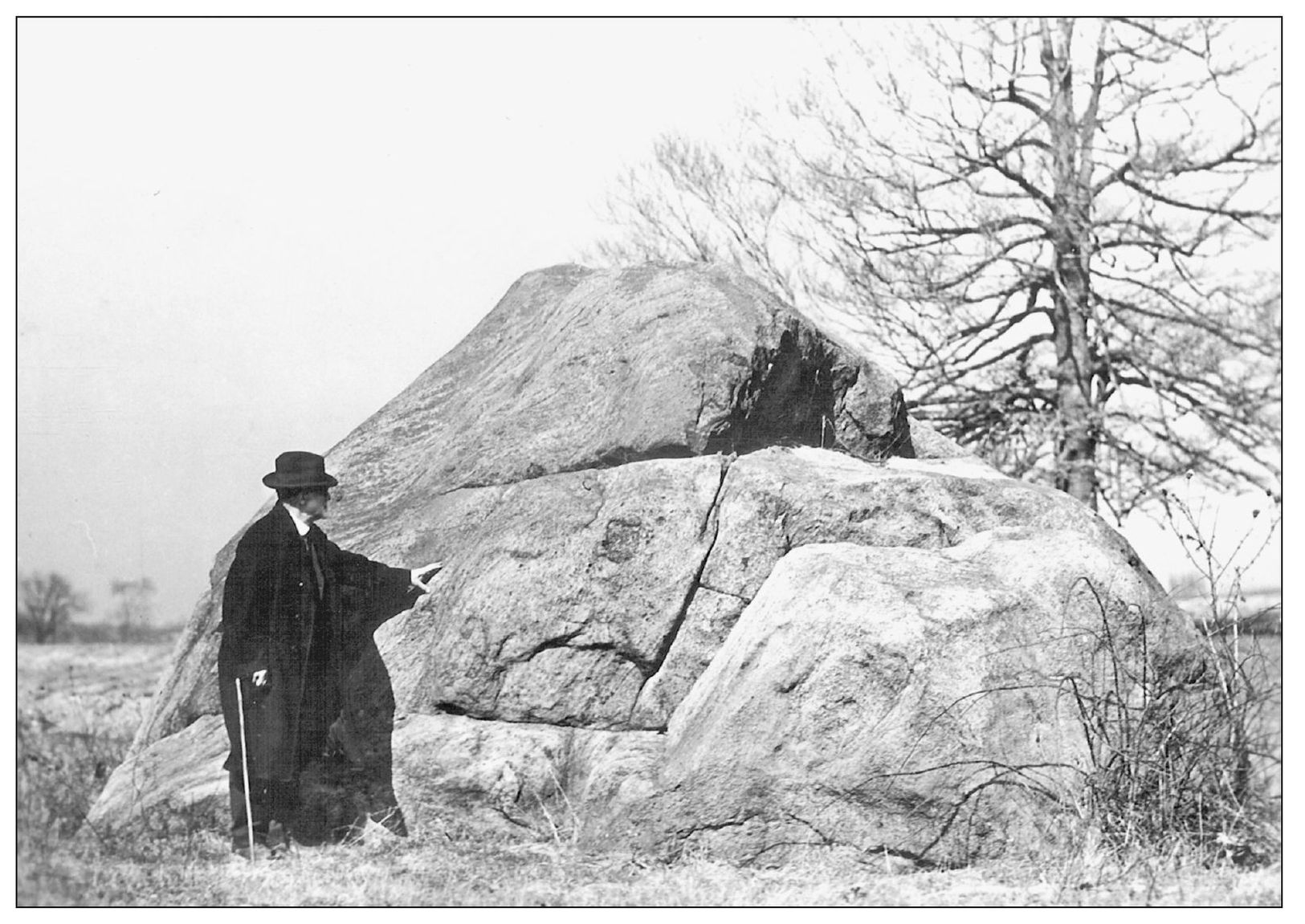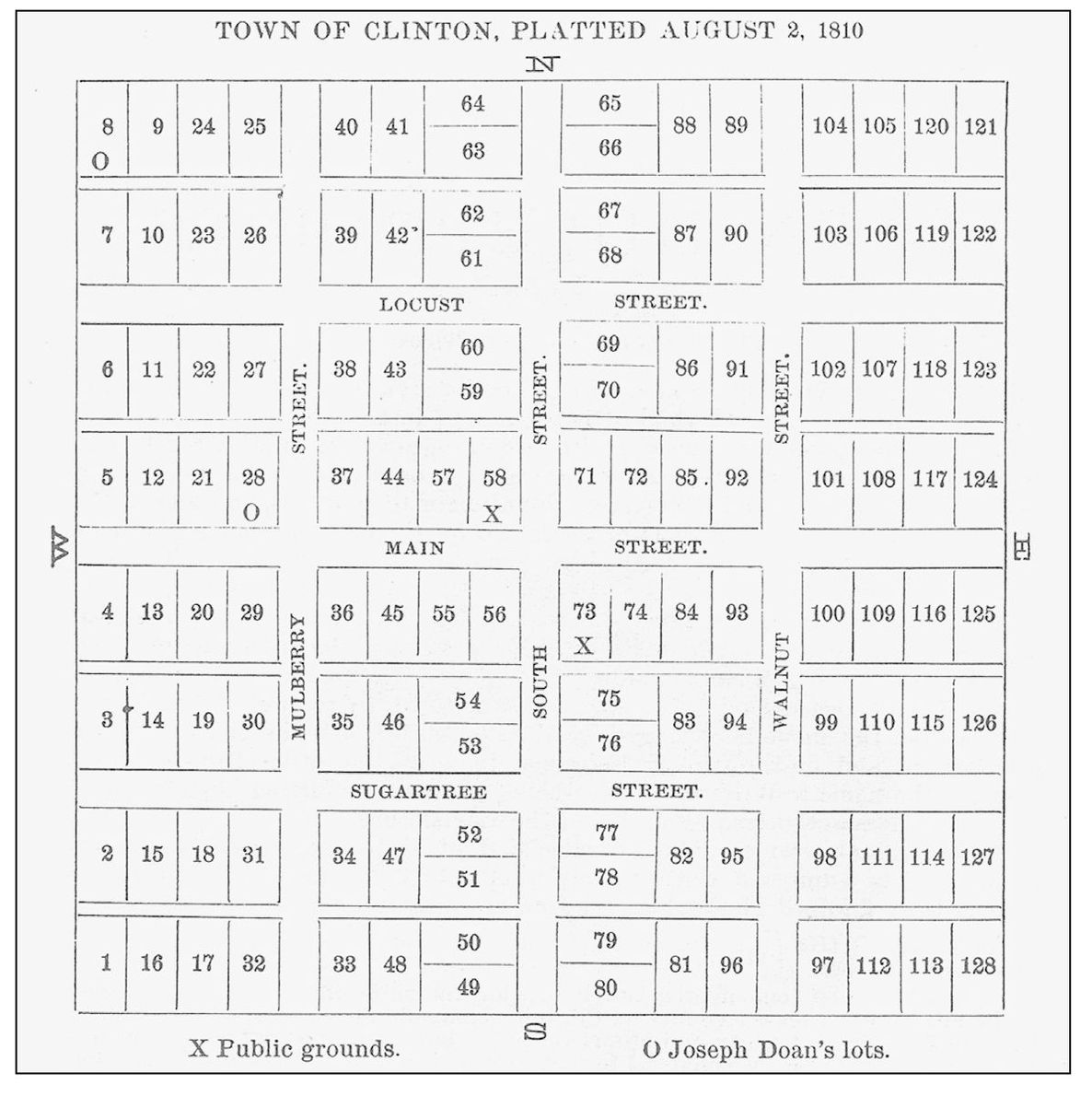ACKNOWLEDGMENTS
We are grateful for all the people through the years who have donated their photographs and memorabilia to the Clinton County Historical Society, which was the source of most of the photographs included in this book, unless otherwise noted. These contributions make a historians life much easier and the task more enjoyable. We encourage anyone with history to share to do likewise.
The keeper of this wealth of information at the Clinton County Historical Society is Kay Fisher. Her impressive ability to recall and find exactly what we were looking for was a tremendous help. She also assisted with the less glamorous tasks, such as scanning and copying. Additionally, we would like to acknowledge Bernie Quigley, local historian extraordinaire, who has been researching Wilmington and Clinton County history for a long time and knew the minutia of most of the questions we asked of him. He was truly a pleasure to work with. And we would like to thank his wife, Cindy, for being supportive of his time with us. We would like to especially thank Patti Kinsinger, head reference services/Quaker research coordinator at Wilmington College, who was so good at her job that we almost never felt guilty asking her for help. She was meticulous in her research and quick to respond to any inquiries. Also thanks go out to Lee Bowman, librarian/ college archives coordinator at Wilmington College, who always went above and beyond in his assistanceall we had to do was ask, and there was the photograph or piece of information we were looking for. We would also like to thank several others who provided us with photographs, stories, sketches, expert advice, and other support: Randy Sarvis, Karen Campbell, Ruth Dobyns, Gary Kersey, Paul Presta, Mike Sutton, Earl Nicholson, Mary Wall, Shari Murphy, Virgene Peterson, Beverly Barrett Browning, Jean Rachford Barrett, Amy Miller, Don Wells, Tom Ford, Mary Thomas Watts, Kathy Schwab, Sharon Newton, Rita Anderson, Rita Butcher, David Ellis, Neil Snarr, Jill Thompson, Richard and Pam Thompson, Alyssa Alden, Marilynn Wilson, Dee Tamplin, Toni Jenkins, Scott Wells, JoAnn Culberson, Marie Butts, June Fryman, Ellen Keim, Mary Anne Perry, Diane and Doug Borton, Debbie Stamper, Dennis and Barb Atley, Carole Moore, Dung Nguyen, Ingrid Sanden, Jan Chong, Roselee Papandrea, Roger and Connie Spurlock, and Camille Brady.
Any errors or omissions belong to us alone.
Find more books like this at
www.imagesofamerica.com
Search for your hometown history, your old
stomping grounds, and even your favorite sports team.
One
EARLY HISTORY
Wilmingtons first settlers began arriving in the early 1800s, around the time Ohio was becoming a state. Many of these early settlers were Quakers fleeing the slaveholding states of North Carolina and Tennessee. By 1810, Clinton County was carved out of surrounding counties and needed a government seat. Wilmington was chosen several months later after 60 acres were donated for this purpose.
The citizens decided that one of the first orders of business as the county seat was to develop the court system. The first criminal trial was held in June 1810, before either a courthouse or jail had been built. This trial involved Cornelius Quick, a horse thief, and was prosecuted by Joshua Collett from Warren County, later an Ohio Supreme Court justice. The trial was held in a barn, and Quick was found guilty but escaped after Sheriff Jonathan Harlan unchained him from an apple tree. The county built the first jail around 1811 and the first courthouse in 1813. One of the jails first occupants was Caleb Kirk, a Quaker, who was held for several days for refusing to muster with the militia during the War of 1812.
In addition to seating the county government, Wilmington served the needs of the surrounding farmers, villagers, and travelers. Not surprisingly, taverns were one of the most common forms of business, and licenses were granted as early as 1811. Taverns provided food and drink to travelers and newly arrived settlers. They were also a major source of news, especially information relating to business opportunities and travel conditions. The town quickly grew to support other businesses needed by pioneers. These businesses included dry-goods shops, tanneries, cabinet and furniture makers, grist and sawmills, blacksmiths, and even a hatmaker.
Churches and schools sprang up almost immediately. Then, after settling their spiritual and educational affairs, the residents turned to other activities. Newspapers and educational societies took off, and a variety of social groups appeared on the scene. By the time Wilmington celebrated its centennial in 1910, it was a thriving, well-established community.
WILMINGTON OR RICHARDSON TABLET. Found by semi-amateur archaeologists Dr. L. B. Welch and J. M. Richardson in 1879 near the Sparks mound on the Seth Linton farm, the Wilmington tablet was a relic from the Adena culture. The original tablet now resides at the Ohio Historical Society.
TODDS FORK. Believed to be named after either the Todd family from Kentucky or Col. Benjamin Todd of the Kentucky militia, Todds Fork became one of the earliest and largest settlements in the area. In 1803, George Haworth built a mill on the creek. It is the oldest creek in the county and at one time flowed north instead of south.
DR. GEORGE AUSTIN, 1930. Austin, a well-known amateur archaeologist and amateur geologist, is shown above standing by the glacial boulder near what was at the time the Clinton County Infirmary. The boulder originated from northern Canada and is the largest and oldest in the region, dating from the Early Wisconsin Glacial period, about 24,000 years ago. The estimated weight is 80 tons. Below, Austin is studying the valley between Wilsons Branch and Cowans Creek. Lake Cowan was created in 19501951 by the damming of Cowans Creek. Austin grew up in this area and was interested in the prehistoric mounds found on this land. He donated his scientific collection to Wilmington College, where Austin Hall is named in his honor.
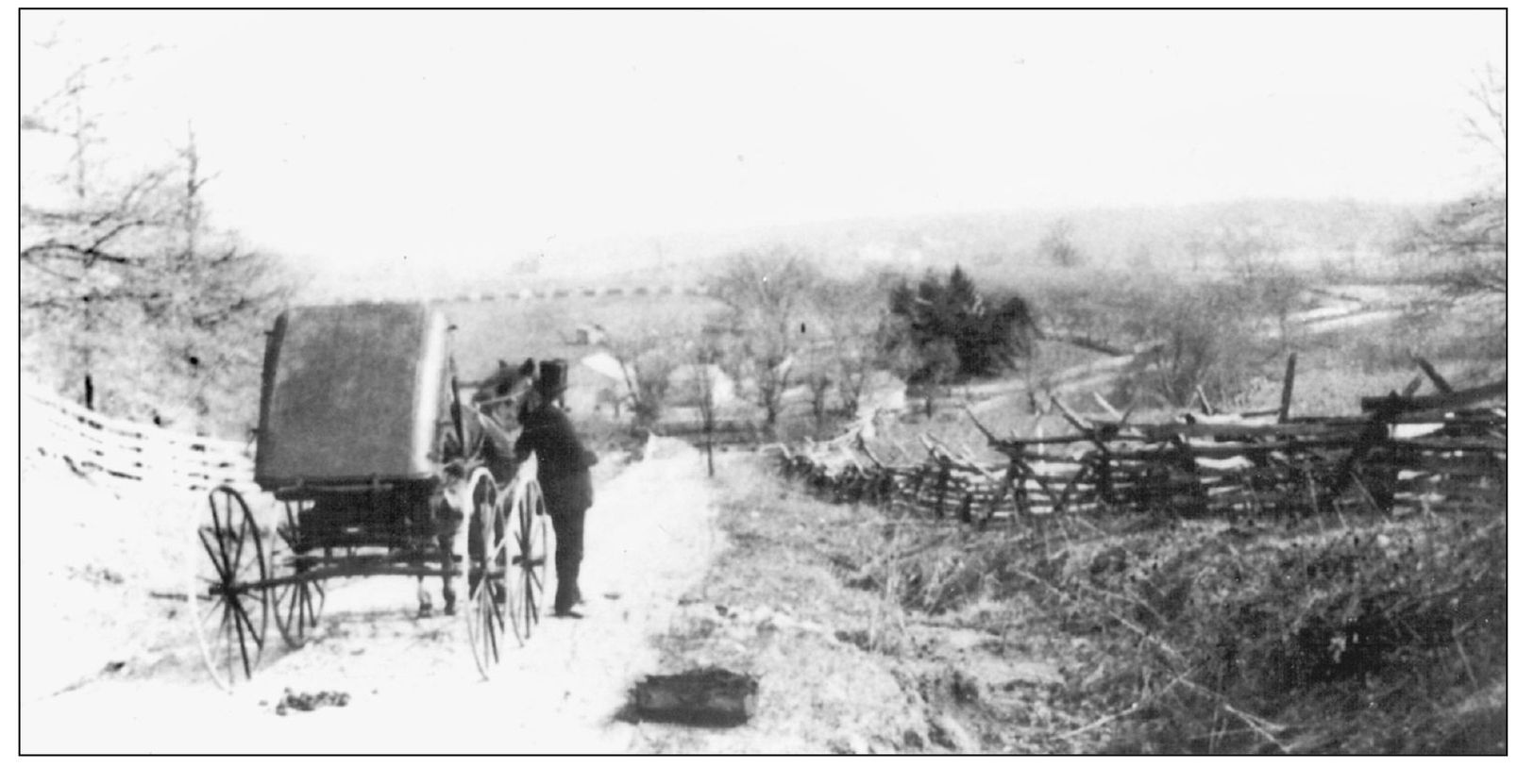
DESERTED CAMP. Located on Prairie Road, the camp was named after a trail guide who deserted the 700 Kentucky Volunteers serving under Gen. Benjamin Logan in 1786. The guide successfully alerted the Native Americans that the military was in pursuit of them. This infamous spot served as a marker in five early military surveys.

